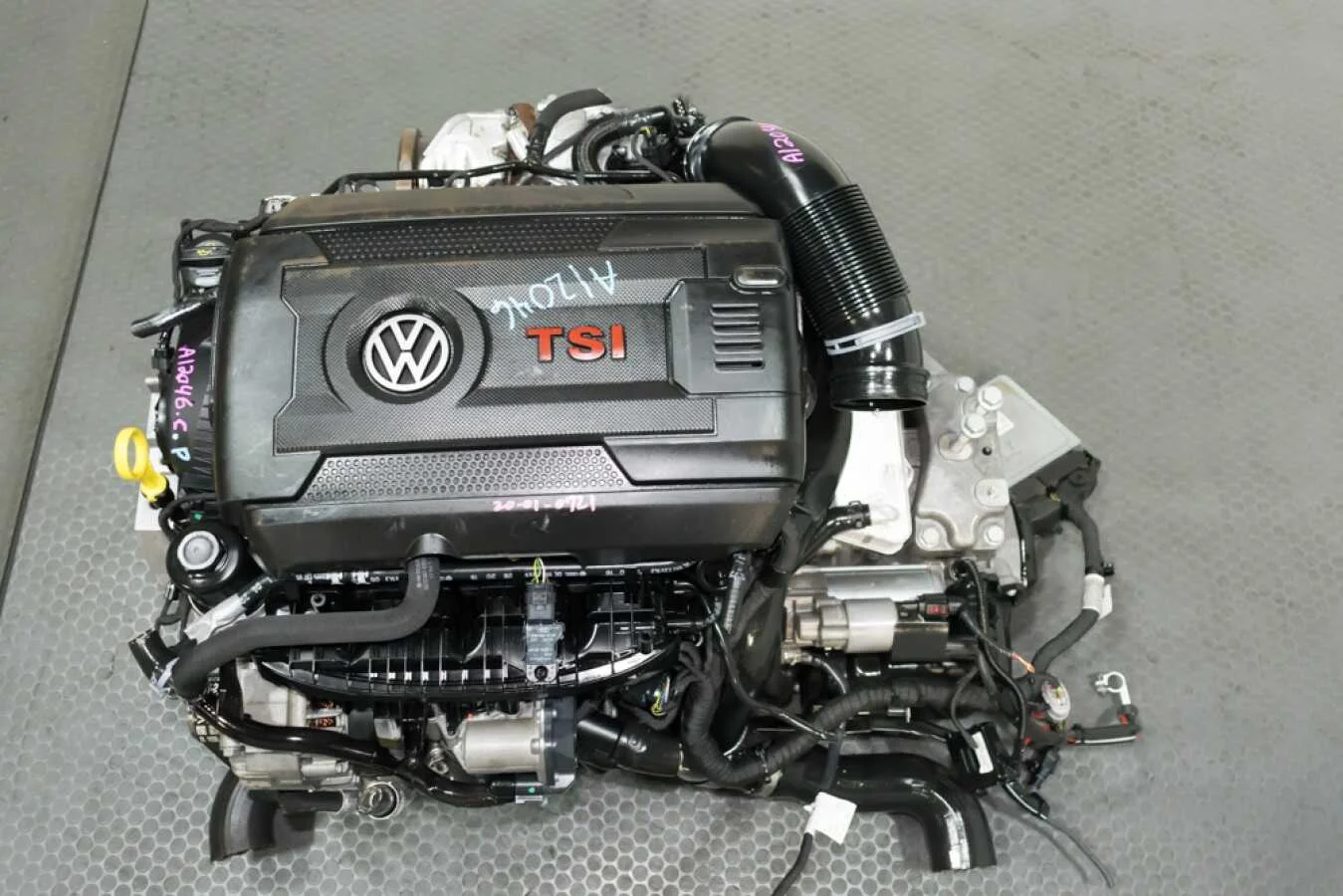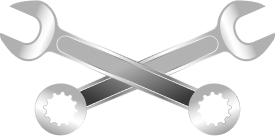2.0 TSI/TFSI EA888 Gen 1/2/3 Engine: Specs, Applications & FAQs
The Volkswagen Group’s 2.0 TSI/TFSI EA888 engine family has become one of the most successful turbocharged four-cylinder powerplants in modern automotive history. First introduced in the mid-2000s, the EA888 series has powered millions of vehicles under brands like Volkswagen, Audi, SEAT, and Škoda. Spanning three generations (Gen 1, Gen 2, and Gen 3), this engine series has continuously evolved with improvements in performance, fuel efficiency, emissions, and reliability.
This article provides a deep dive into the technical specifications, generational differences, vehicle applications, and common FAQs surrounding the 2.0 TSI/TFSI EA888 engines.

2.0 TSI/TFSI EA888 Gen 1/2/3 Engine
EA888 Engine Overview
-
Type: Inline-4, Turbocharged, Direct Injection
-
Displacement: 1,984 cc (2.0 liters)
-
Fuel System: Direct injection (FSI/TSI) with turbocharging
-
Configuration: DOHC, 16 valves
-
Induction: Turbocharged with intercooler
-
Fuel: Gasoline (Petrol)
-
Applications: VW, Audi, SEAT, Škoda vehicles across multiple segments
Technical Specifications by Generation
EA888 Gen 1 (2007–2009)
-
Bore x Stroke: 82.5 mm × 92.8 mm
-
Compression Ratio: 9.6:1
-
Power Output: 170–210 hp (125–155 kW)
-
Torque: 280 Nm (207 lb-ft)
-
Features:
-
Chain-driven timing
-
Direct injection (FSI/TSI)
-
Turbocharging with wastegate turbo
-
Known for carbon build-up issues due to direct injection
-
EA888 Gen 2 (2009–2013)
-
Bore x Stroke: 82.5 mm × 92.8 mm
-
Compression Ratio: 9.8:1
-
Power Output: 180–220 hp (132–162 kW)
-
Torque: 300 Nm (221 lb-ft)
-
Upgrades Over Gen 1:
-
Improved timing chain design
-
Better PCV and water pump system
-
Revised pistons and rings
-
Enhanced cooling system
-
EA888 Gen 3 (2013–Present)
-
Bore x Stroke: 82.5 mm × 92.8 mm
-
Compression Ratio: 9.6–11.7:1 (depending on variant)
-
Power Output: 220–310 hp (162–228 kW) in stock form
-
Torque: 350–400 Nm (258–295 lb-ft)
-
Key Innovations:
-
Dual injection (direct + multi-port injection) to reduce carbon build-up
-
Integrated exhaust manifold into cylinder head
-
Variable valve timing and lift
-
Lighter weight with aluminum block variants
-
More efficient turbocharging system
-
Vehicle Applications
The 2.0 TSI/TFSI EA888 engine is widely used across the VW Group lineup.
Volkswagen
-
Golf GTI (Mk5–Mk8)
-
Golf R
-
Passat
-
Jetta GLI
-
Tiguan
-
Arteon
Audi
-
Audi A3 (8P, 8V, 8Y)
-
Audi A4 (B8, B9)
-
Audi A5
-
Audi TT / TTS
-
Audi Q3 / Q5
-
Audi S3
Škoda
-
Octavia vRS
-
Superb
-
Kodiaq
SEAT
-
Leon Cupra
-
Ateca Cupra
Performance & Tuning Potential
-
Stock Power Range: 170 hp to 310 hp (depending on variant)
-
Tuning Potential: Easily upgraded with ECU remaps to 350–400 hp on stock internals (Gen 3 especially). With turbo upgrades and supporting mods, 500+ hp is achievable.
-
Reliability Considerations:
-
Gen 1 & Gen 2 engines prone to carbon build-up, PCV, and timing chain issues.
-
Gen 3 engines significantly more robust, with dual injection and better cooling.
-
Frequently Asked Questions (FAQs)
1. What is the difference between TSI and TFSI?
Both mean “Turbocharged Stratified Injection.” TSI is Volkswagen’s designation, while TFSI is Audi’s branding. Technically, they refer to the same EA888 engine family.
2. Which EA888 generation is the most reliable?
-
Gen 1: Notorious for timing chain tensioner failures and carbon build-up.
-
Gen 2: Improved but still had some reliability concerns.
-
Gen 3: Widely considered the most reliable, thanks to dual injection and better engineering.
3. How much horsepower can the EA888 handle?
-
On stock internals, Gen 3 EA888 engines can handle up to 400 hp safely with proper tuning.
-
With forged internals and turbo upgrades, tuners have pushed these engines past 600 hp.
4. Does the EA888 engine have timing belt or chain?
All EA888 engines use a timing chain, not a belt. Early versions had tensioner issues, which were resolved in later generations.
5. What cars have the most powerful factory EA888?
The Audi TTS, Audi S3, Golf R, and Cupra models feature the most powerful factory-tuned EA888 Gen 3 engines, producing up to 310 hp.
Conclusion
The 2.0 TSI/TFSI EA888 engine family has proven itself as a versatile, tunable, and highly efficient powerplant. From daily commuter cars like the VW Passat to high-performance models like the Audi S3 and Golf R, the EA888 showcases German engineering at its finest.
-
Gen 1 & 2 laid the foundation but suffered from early design flaws.
-
Gen 3 perfected the formula with dual injection, integrated exhaust manifolds, and higher power outputs.
For enthusiasts, the EA888 is not just an engine—it’s a platform for tuning, performance upgrades, and motorsport potential.




